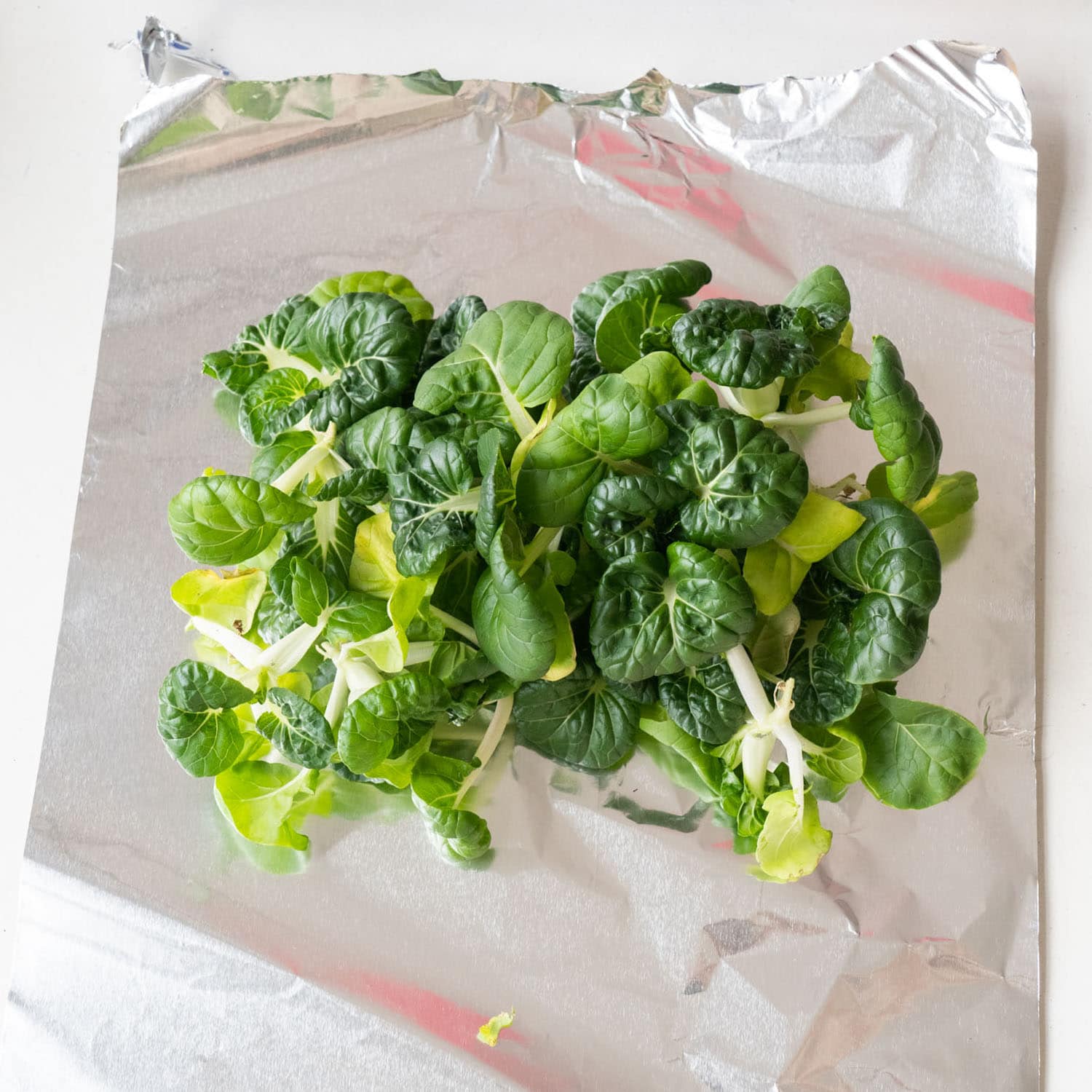

Articles
How To Store Baby Bok Choy
Modified: December 7, 2023
Discover effective ways to store baby bok choy in this informative articles. Keep your produce fresh and flavorful with our helpful tips.
(Many of the links in this article redirect to a specific reviewed product. Your purchase of these products through affiliate links helps to generate commission for Storables.com, at no extra cost. Learn more)
Introduction
Baby bok choy is a versatile and nutrient-rich vegetable that is popular in Asian cuisine. With its tender leaves and crunchy stalks, baby bok choy is not only delicious but also packed with vitamins, minerals, and antioxidants. Whether you grow your own or buy it fresh from the market, knowing how to store baby bok choy properly is key to preserving its flavor and texture.
In this article, we will guide you through the process of selecting, cleaning, and storing baby bok choy to ensure that it stays fresh and crisp. We will also provide tips on freezing baby bok choy for long-term storage and how to best utilize the stored vegetable in your future recipes.
So, let’s dive in and learn the best practices for properly storing baby bok choy!
Key Takeaways:
- Store baby bok choy by wrapping it in paper towels, placing it in a plastic bag, and storing it in the vegetable drawer of your refrigerator to maintain its crispness and extend its shelf life.
- Freeze baby bok choy by blanching, cooling, and packaging it in airtight containers or freezer bags to enjoy its goodness throughout the year, adding a unique touch to your dishes and providing a wealth of nutrients.
Read more: How To Store Bok Choy
Selecting Fresh Baby Bok Choy
When it comes to selecting fresh baby bok choy, there are a few key factors to consider. By paying attention to these details, you can ensure that you choose the highest quality bok choy for storing and cooking.
Here are some tips to keep in mind when selecting fresh baby bok choy:
- Look for bright green leaves: Fresh baby bok choy should have vibrant, dark green leaves. Avoid bok choy with yellow or wilted leaves, as this indicates that it is past its prime.
- Check the stems: The stalks of the bok choy should be firm, crisp, and not too woody. Avoid bok choy with soft or mushy stems, as this is a sign of deterioration.
- Consider the size: Baby bok choy comes in various sizes, but typically the smaller ones are more tender and flavorful. Look for compact heads that are about 4-6 inches in length.
- Inspect for any signs of damage or pests: Take a close look at the bok choy to ensure that there are no visible signs of damage or pest infestation. Look for spots, holes, or evidence of insects.
It’s also worth mentioning that if you have the opportunity, you may want to consider purchasing organic baby bok choy. Organic produce is free from synthetic pesticides, which can be beneficial not only for your health but also for the environment.
By following these guidelines, you can ensure that you select the freshest and highest quality baby bok choy for storage and consumption.
Cleaning Baby Bok Choy
Before storing baby bok choy, it is important to give it a thorough cleaning to remove any dirt, debris, or pesticides that may be present. Cleaning baby bok choy is a simple process that ensures the vegetable is safe to eat and maintains its freshness.
Here is a step-by-step guide on how to clean baby bok choy:
- Separate the leaves: Start by separating the individual leaves of the bok choy from the stalks. This will make it easier to clean each part thoroughly.
- Rinse under cold water: Rinse the leaves and stalks under cold running water to remove any loose dirt or debris. Use your hands to gently rub the leaves and stalks to ensure that all surfaces are cleaned.
- Soak in water with salt or vinegar: Fill a clean bowl or sink with cold water and add a teaspoon of salt or a tablespoon of vinegar. The salt or vinegar will help to remove any residual pesticides. Let the baby bok choy soak in the water for about 10 minutes.
- Rinse again under cold water: After soaking, remove the baby bok choy from the water and give it another rinse under cold running water. This will help to wash away any remaining dirt or residue.
- Pat dry or use a salad spinner: Once cleaned, gently pat the baby bok choy leaves and stalks dry using a clean kitchen towel or paper towels. Alternatively, you can use a salad spinner to remove excess moisture.
It’s important to handle baby bok choy with care during the cleaning process to avoid bruising or damaging the delicate leaves and stalks. By following these steps, you can ensure that your baby bok choy is clean and ready for storage or cooking.
Storing Baby Bok Choy in the Refrigerator
Proper storage is crucial to maintain the freshness and quality of baby bok choy. When stored correctly, baby bok choy can stay crisp and delicious for several days in the refrigerator. It’s important to note that storing baby bok choy in the refrigerator is different from other greens, as bok choy benefits from a slightly different storage method.
Here’s how to store baby bok choy in the refrigerator:
- Wrap in paper towels: Start by wrapping the baby bok choy in paper towels. The paper towels will help absorb excess moisture and prevent the leaves from wilting.
- Place in a plastic bag: Next, place the wrapped baby bok choy in a loosely sealed plastic bag. This will help create a humid environment that mimics the conditions of a vegetable drawer in the refrigerator.
- Store in the vegetable drawer: Finally, store the bagged baby bok choy in the vegetable drawer of your refrigerator. The vegetable drawer provides a cool and controlled environment, which helps to extend the shelf life of the bok choy.
It is important to avoid washing baby bok choy before storing it, as excess moisture can cause the leaves to wilt faster. Only wash the bok choy right before using it.
When stored properly, baby bok choy can last for up to 5-7 days in the refrigerator. However, it’s always recommended to use it as soon as possible to ensure maximum freshness and flavor.
Remember to check the baby bok choy periodically for any signs of spoilage. If you notice any wilting, discoloration, or a foul odor, it’s best to discard the bok choy as it may no longer be safe to consume.
By following these guidelines, you can keep your baby bok choy fresh and crisp for longer, allowing you to enjoy this nutritious vegetable in your favorite recipes.
After purchasing baby bok choy, remove any rubber bands and store it in a plastic bag in the refrigerator. It should be kept in the crisper drawer and used within 3-4 days for the best flavor and texture.
Freezing Baby Bok Choy for Long-Term Storage
If you have an abundance of baby bok choy or want to preserve its freshness for an extended period, freezing is an excellent option. Freezing baby bok choy allows you to store it for months while retaining its flavor and nutritional value.
Here’s how to freeze baby bok choy:
- Blanch the baby bok choy: Start by blanching the baby bok choy to retain its vibrant color and texture. Bring a pot of water to a boil and add the baby bok choy in small batches. Let it blanch for about 2 minutes.
- Cool in ice water: After blanching, immediately transfer the blanched baby bok choy to a bowl filled with ice water. The ice water will halt the cooking process and help preserve the vegetable’s crispness.
- Drain and dry: Once cooled, remove the baby bok choy from the ice water and allow it to drain thoroughly. Gently pat dry using paper towels or a clean kitchen towel.
- Package for freezing: Divide the baby bok choy into portion sizes suitable for your needs. Place them in airtight freezer bags, removing as much air as possible. Alternatively, you can use vacuum-sealed bags or containers designed for freezing.
- Label and freeze: Before placing the bags or containers in the freezer, label them with the date of freezing. This will help you keep track of the storage time. Lay the bags flat in the freezer to allow for easy stacking and organization.
Frozen baby bok choy will maintain its quality for up to 8-12 months in the freezer. However, it’s best to use it within the first few months for optimal flavor and texture.
When you’re ready to use the frozen baby bok choy, there’s no need to thaw it beforehand. Simply add the frozen bok choy directly to your sautés, stir-fries, or soups, and cook as usual. Freezing may change the texture slightly, but the flavor and nutritional value will remain intact.
By freezing baby bok choy, you can enjoy this nutritious vegetable all year round, even when it’s out of season. It’s a great way to minimize waste and have a readily available supply for your favorite recipes.
Read more: How To Store Bok Choy In The Freezer
Using Stored Baby Bok Choy
Now that you have stored baby bok choy and it’s time to use it, there are various delicious ways to incorporate this versatile vegetable into your cooking. Whether you choose to use it raw or cooked, baby bok choy adds a delightful crunch and a hint of sweetness to your dishes.
Here are a few ideas on how to use your stored baby bok choy:
- Stir-fries: Baby bok choy is a classic ingredient in Asian stir-fries. Heat up some oil in a wok or skillet, add your favorite proteins, such as chicken, beef, or tofu, along with garlic, ginger, soy sauce, and a dash of sesame oil. Toss in chopped baby bok choy towards the end for a quick and nutritious meal.
- Soups and stews: Add sliced or chopped baby bok choy to your soups and stews for an extra punch of flavor and texture. Whether it’s a comforting chicken noodle soup or a hearty vegetable stew, baby bok choy pairs well with a wide range of ingredients.
- Salads: Use baby bok choy as the base for a refreshing and crunchy salad. Combine it with other greens, such as lettuce or spinach, and toss with a light vinaigrette or dressing of your choice. You can also add in some sliced bell peppers, carrots, and toasted nuts for added flavor and texture.
- Steam it: Steaming baby bok choy is a simple and healthy way to enjoy this vegetable. Place the whole or halved bok choy in a steamer basket over simmering water for a few minutes until it is tender. You can then drizzle it with a little soy sauce or sesame oil for extra flavor.
- Side dish: Baby bok choy can be sautéed or grilled as a delicious side dish. Heat some oil in a skillet or on a grill pan, add the baby bok choy, and cook until the leaves are wilted and the stalks are slightly charred. Season with salt, pepper, and your favorite herbs or spices.
Remember to wash the stored baby bok choy right before using it. This will ensure that any remaining dirt or impurities are removed before incorporating it into your recipes.
Experiment with different cooking methods and flavor combinations to discover your favorite way to enjoy baby bok choy. Its versatility makes it an excellent addition to a wide range of dishes, allowing you to get creative in the kitchen.
By using your stored baby bok choy in various recipes, you can savor its freshness and reap its nutritional benefits throughout the year.
Conclusion
Baby bok choy is a delicious and nutritious vegetable that can elevate your culinary creations with its delicate flavor and crunchy texture. Properly storing baby bok choy ensures that it stays fresh and retains its quality for longer periods, allowing you to enjoy its benefits at any time.
From selecting fresh baby bok choy to cleaning and storing it, each step is essential for preserving its flavor, texture, and nutritional value. Remember to choose bok choy with vibrant green leaves, firm stalks, and no signs of damage or pests. Cleaning the vegetable thoroughly and drying it properly before storage prevents spoilage and maintains its freshness.
When storing baby bok choy in the refrigerator, wrap it in paper towels, place it in a plastic bag, and store it in the vegetable drawer. This will help to maintain its crispness and extend its shelf life for several days.
If you have an abundance of baby bok choy or want to store it for longer periods, freezing is an excellent option. Blanch the bok choy, cool it in ice water, and pack it in airtight containers or freezer bags before labeling and freezing. This allows you to enjoy the goodness of baby bok choy throughout the year.
Once you have stored baby bok choy, there are countless ways to use it in your cooking. Whether it’s stir-fries, soups, salads, or as a side dish, baby bok choy adds a unique touch to your dishes and provides a wealth of nutrients.
By following these storing and usage tips, you can enjoy the freshness and flavors of baby bok choy at any time, while reducing waste and maximizing the nutritional value of this wonderful vegetable.
So, next time you come across some beautiful baby bok choy, use the knowledge you’ve gained here to store and use it effectively, enhancing your culinary experience and embracing the health benefits it offers.
Frequently Asked Questions about How To Store Baby Bok Choy
Was this page helpful?
At Storables.com, we guarantee accurate and reliable information. Our content, validated by Expert Board Contributors, is crafted following stringent Editorial Policies. We're committed to providing you with well-researched, expert-backed insights for all your informational needs.
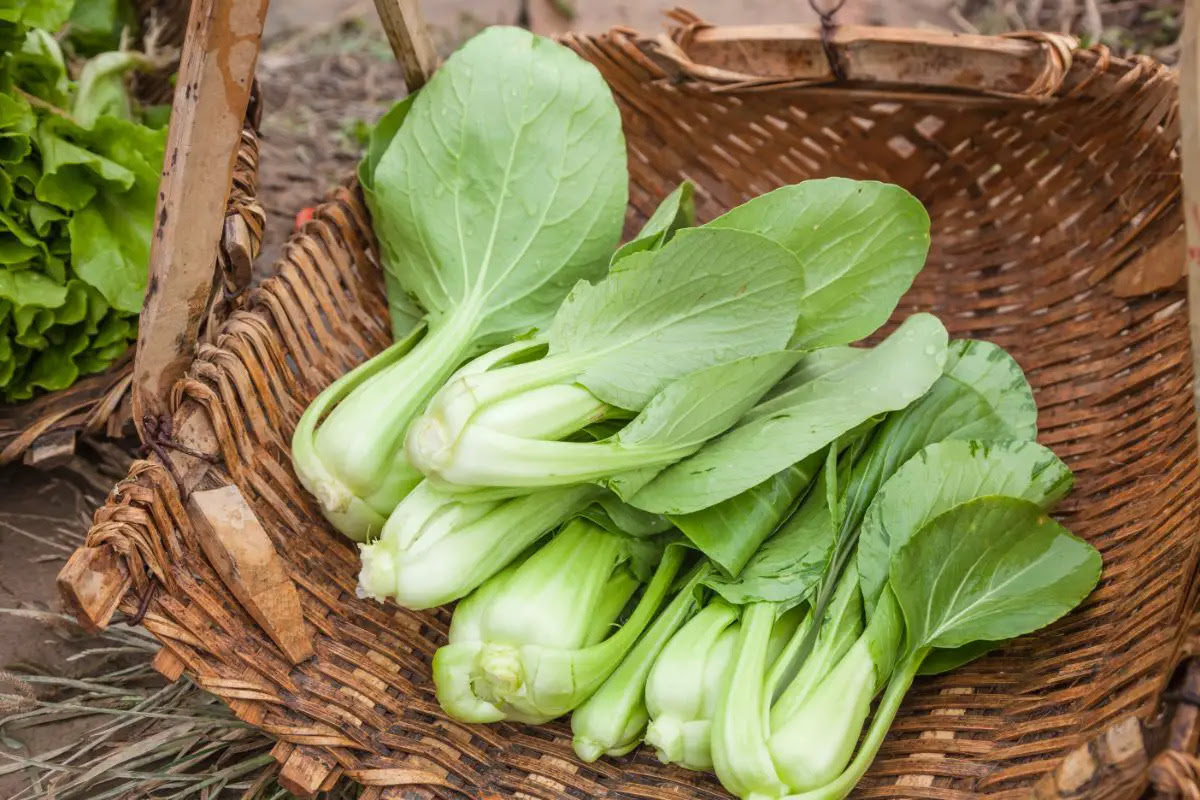
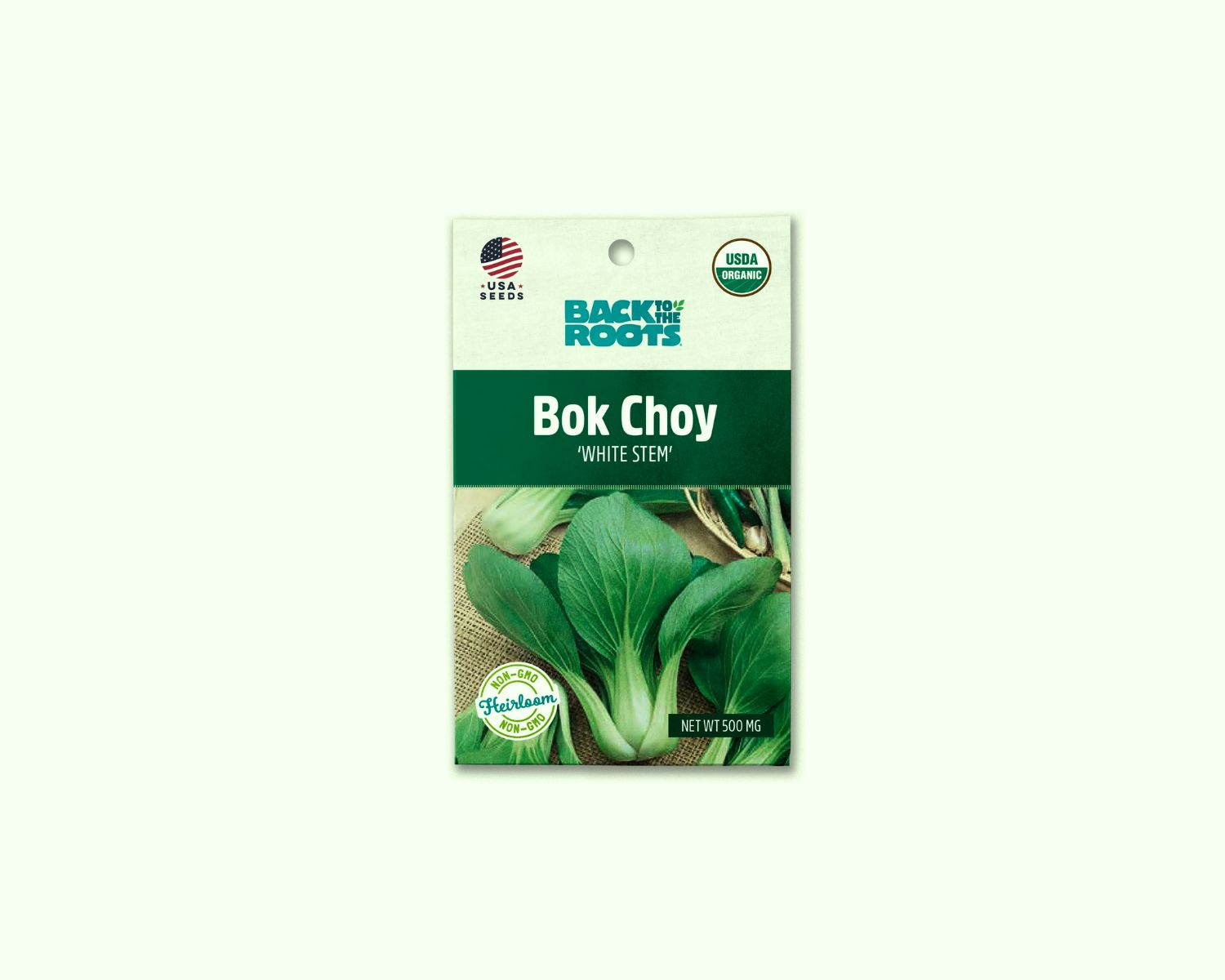
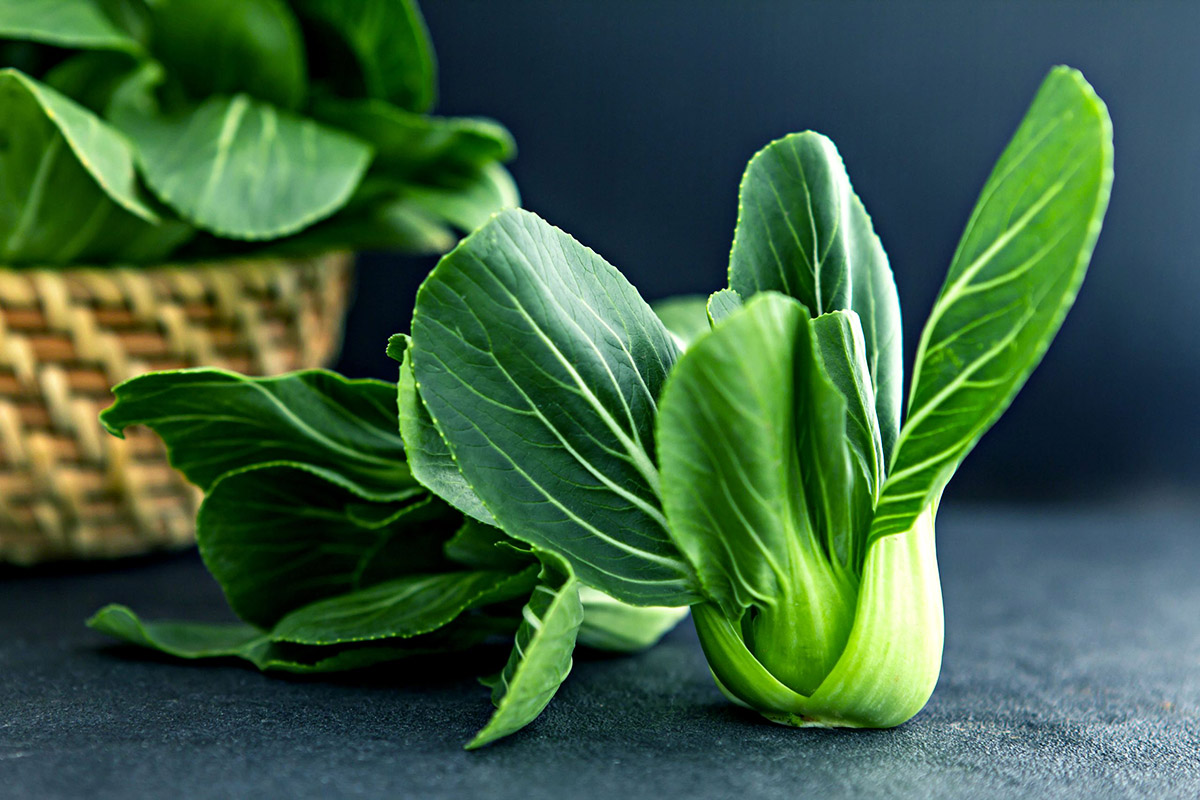
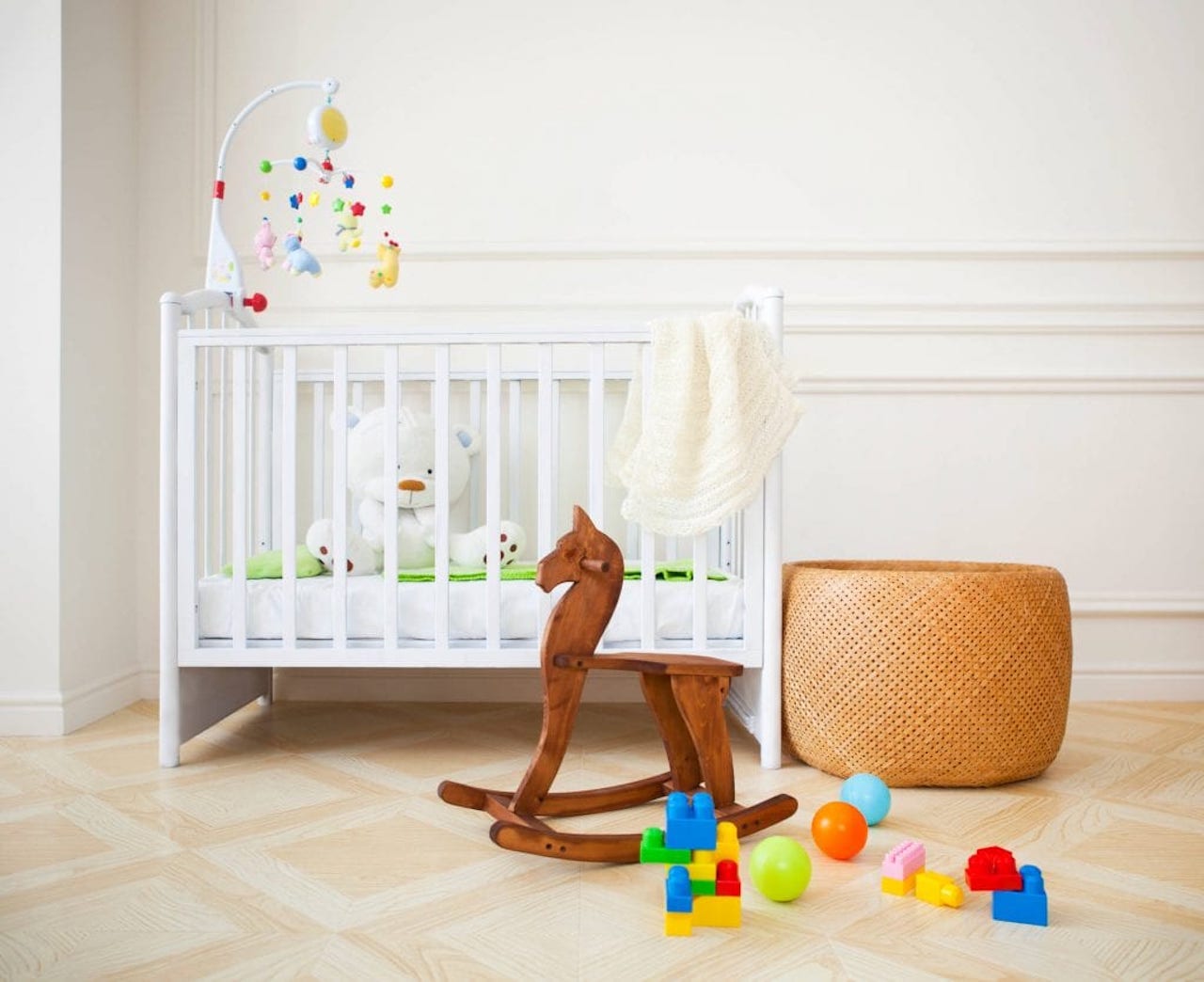
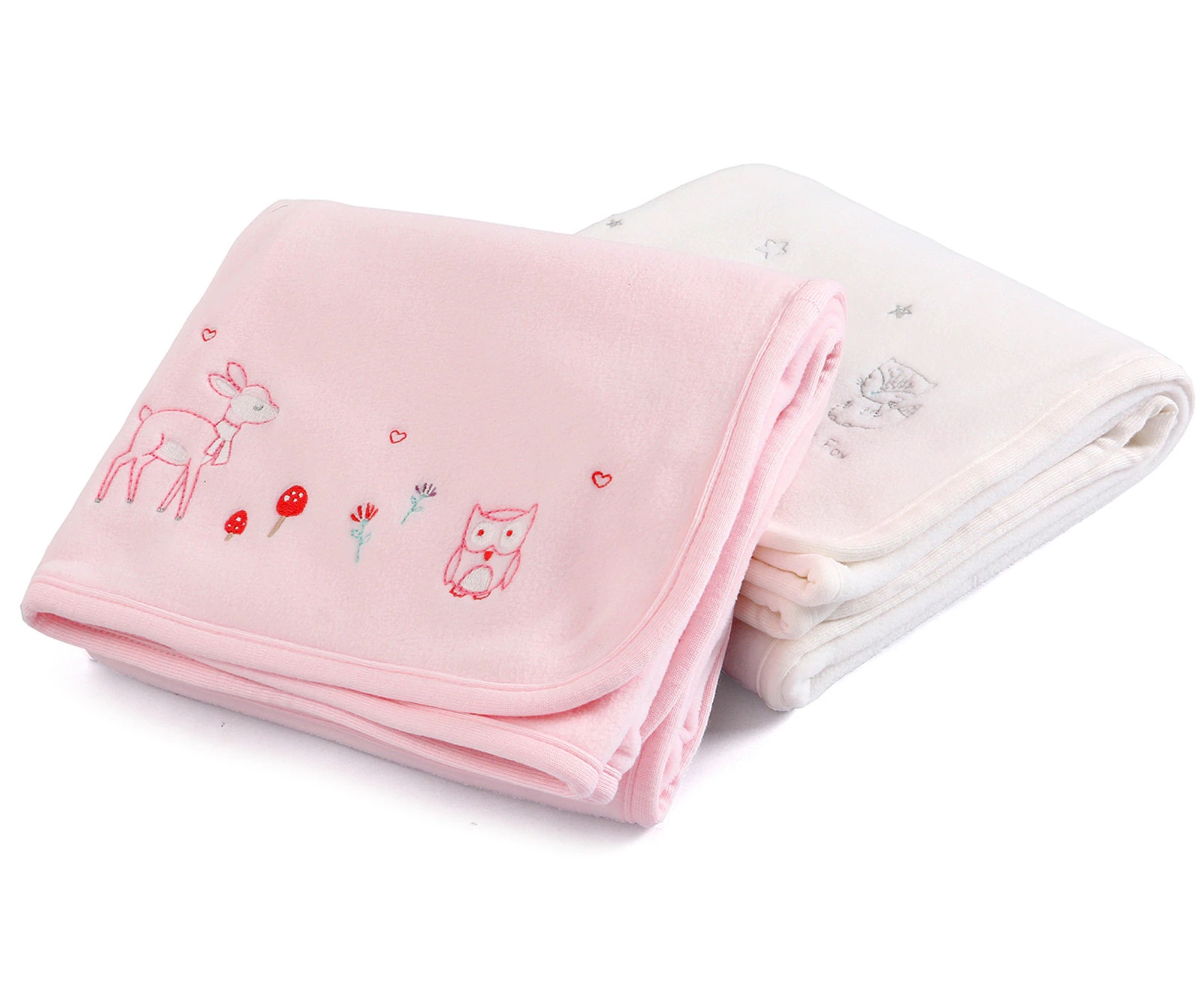
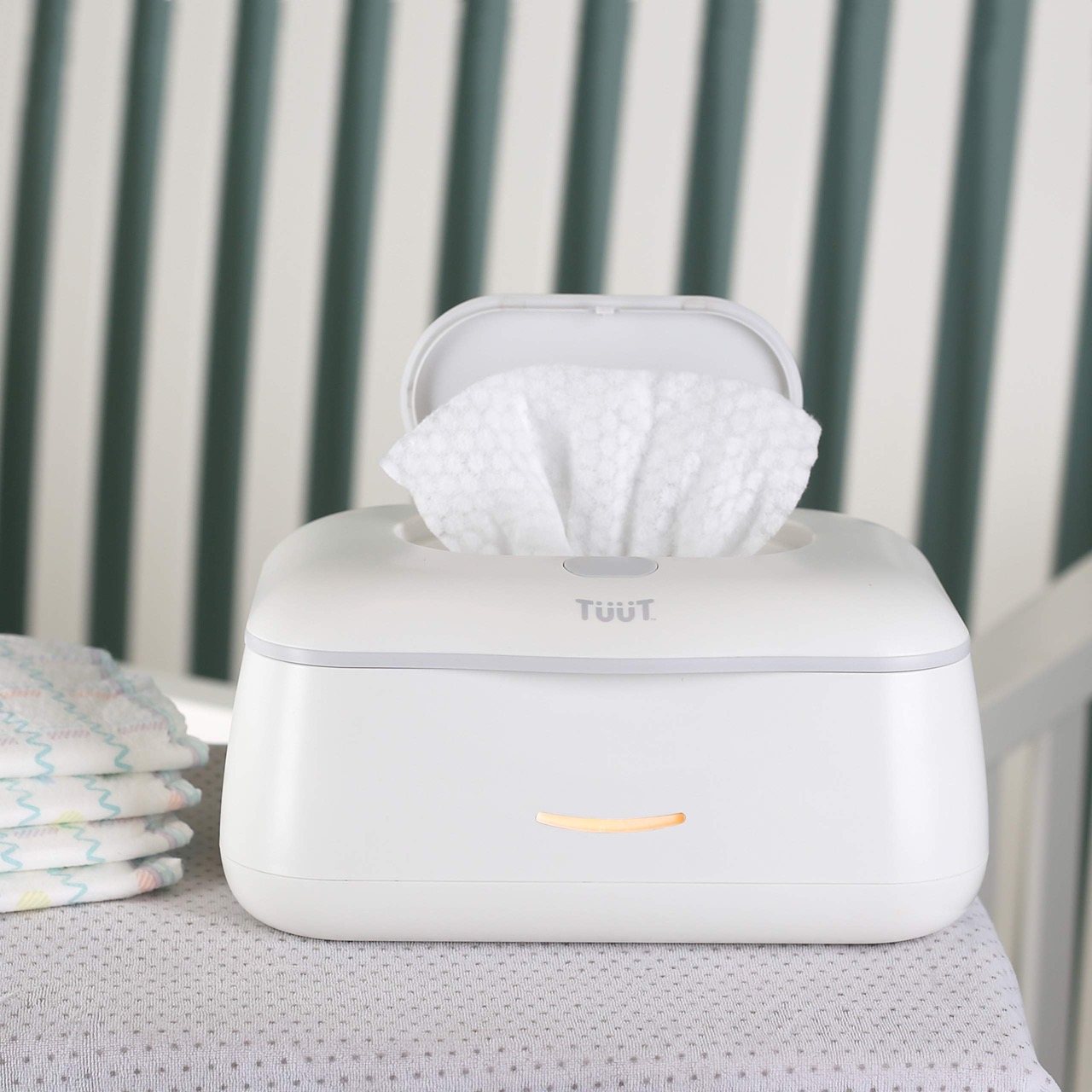
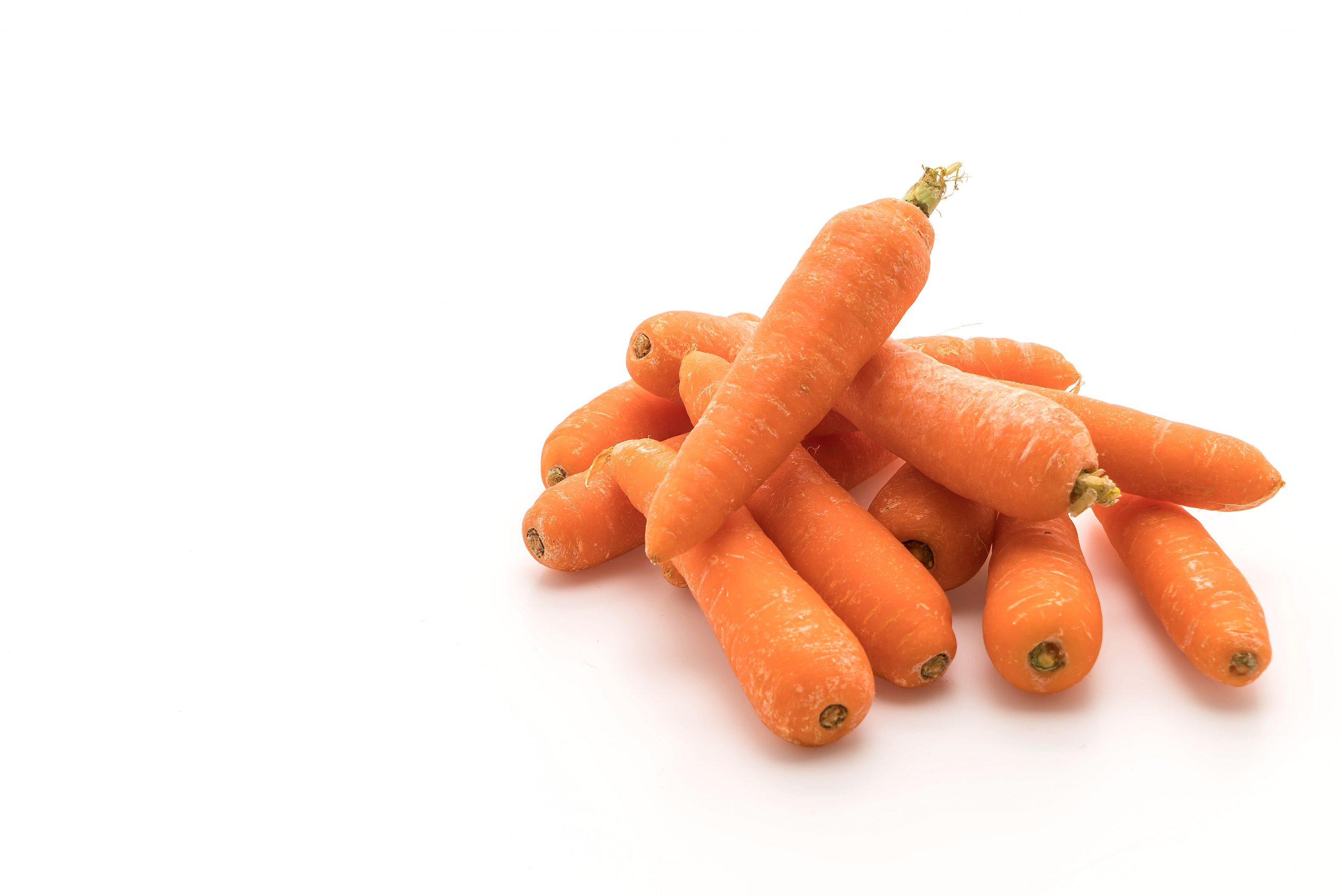
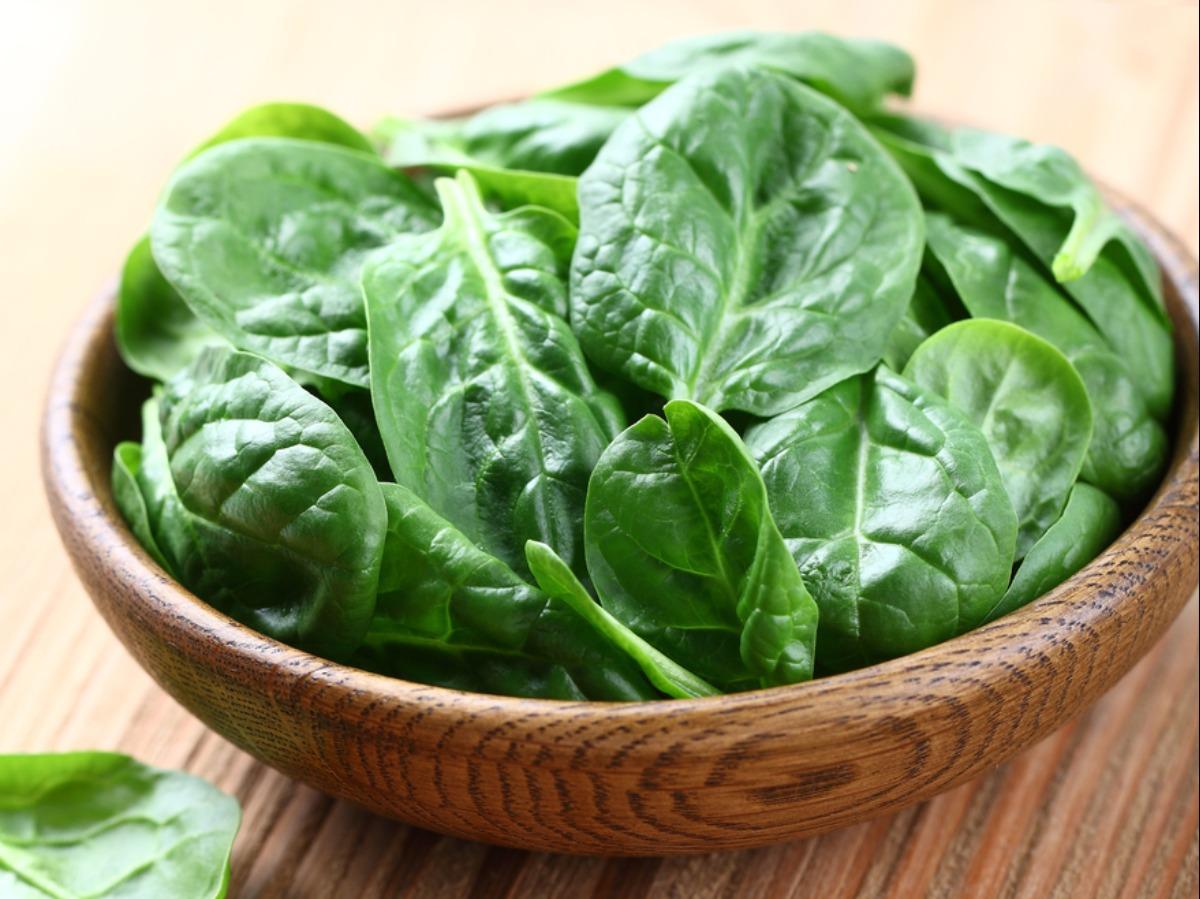
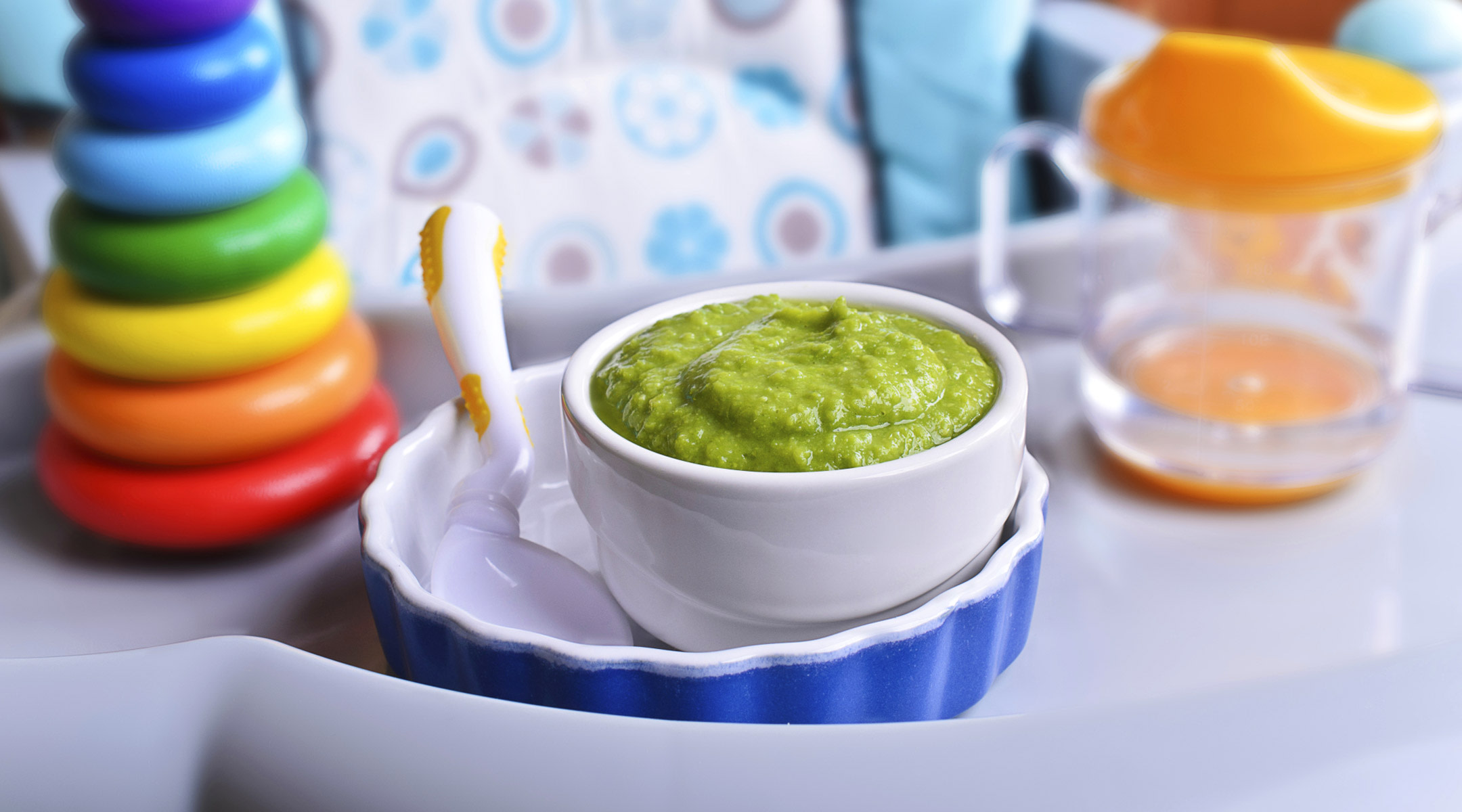
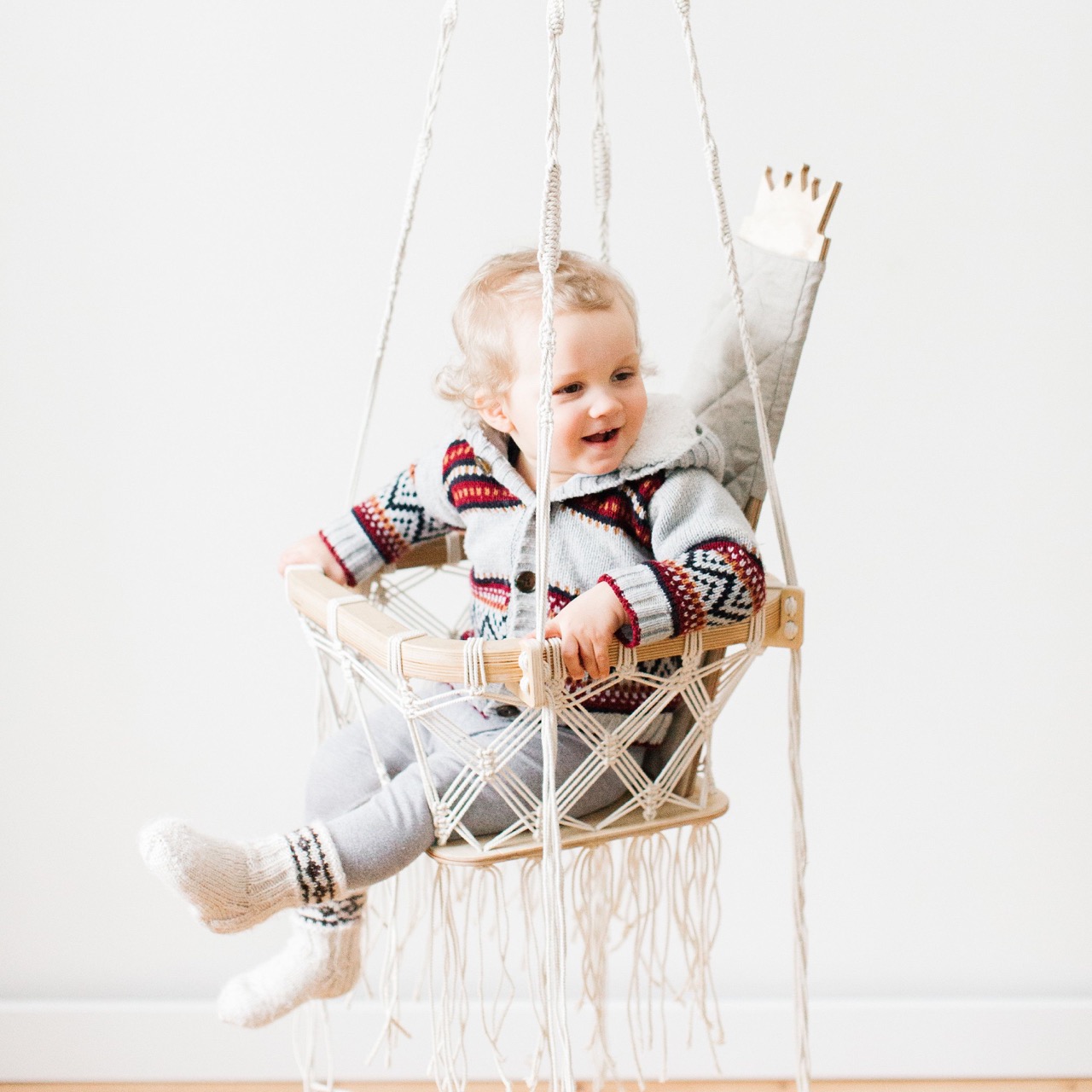

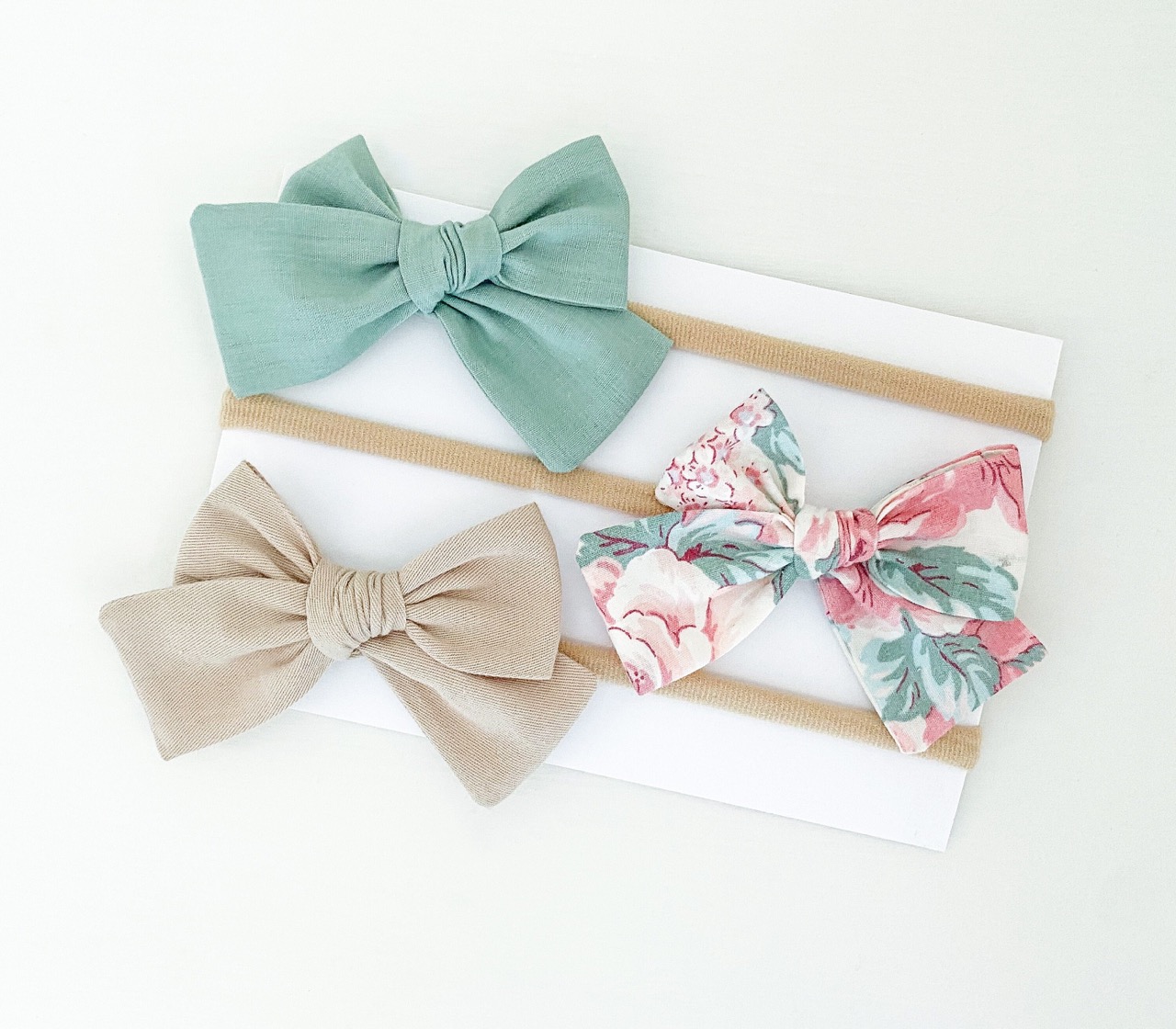
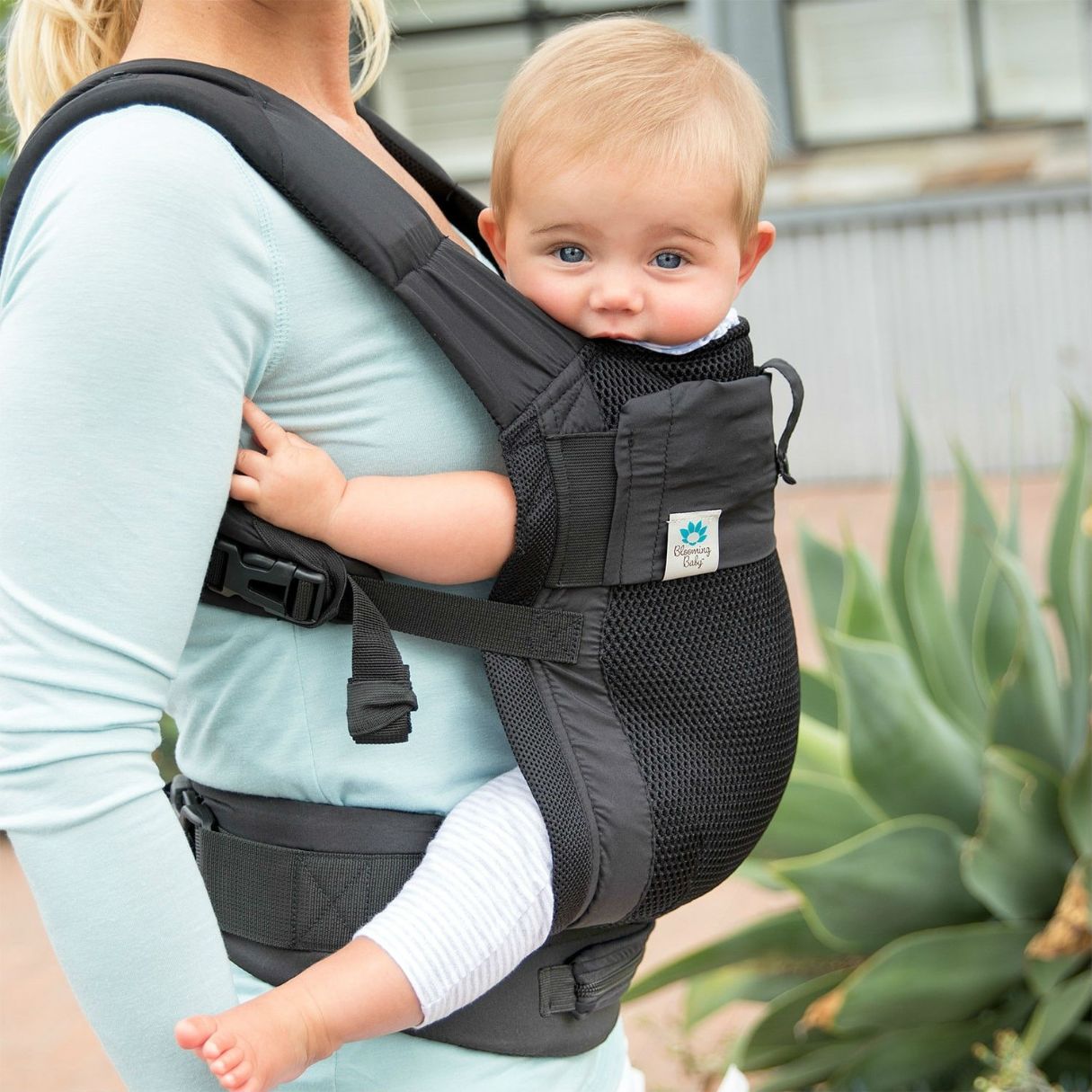
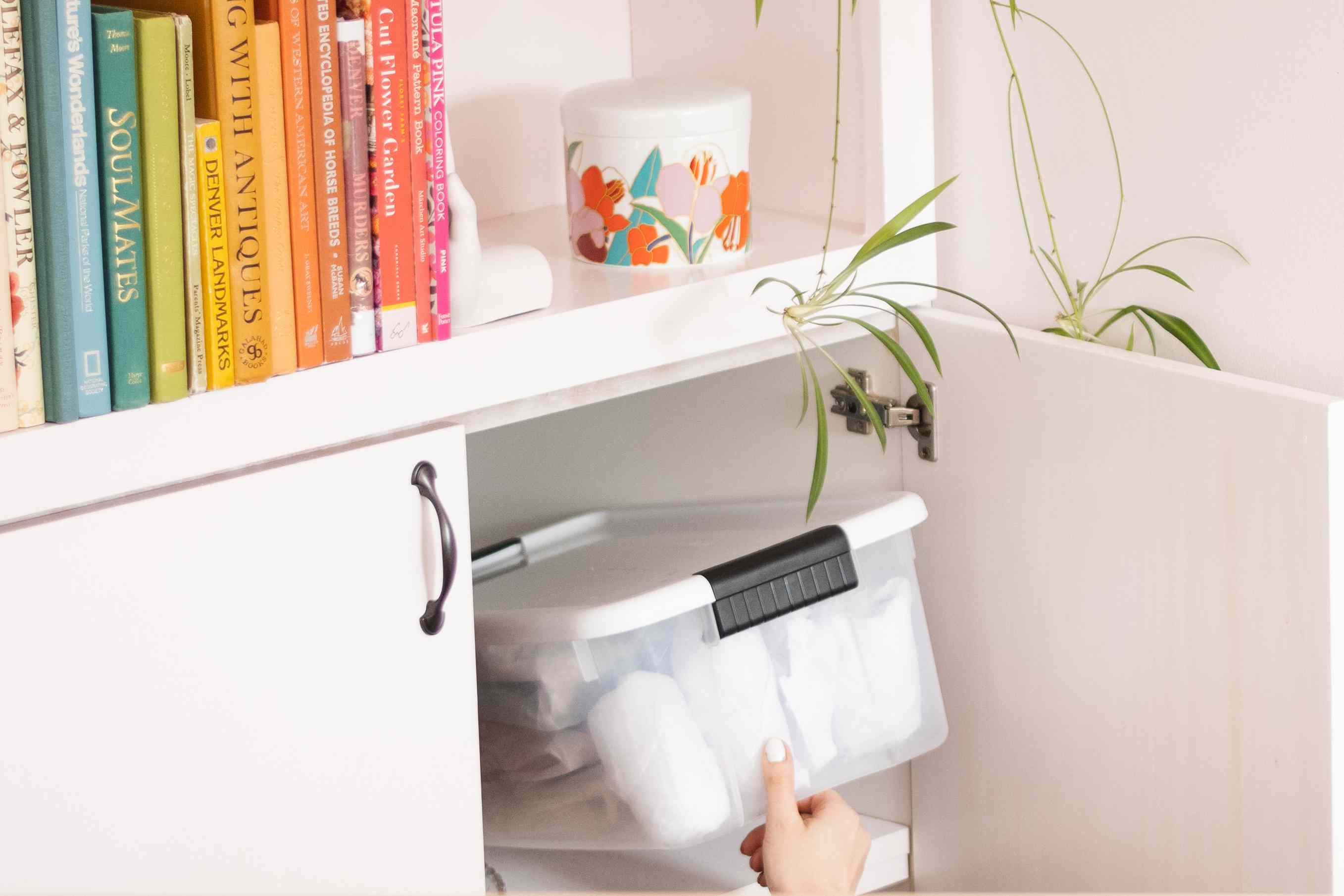

0 thoughts on “How To Store Baby Bok Choy”